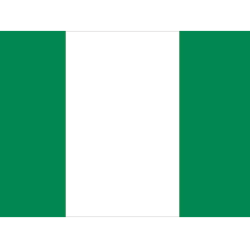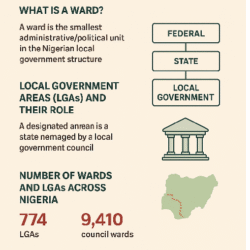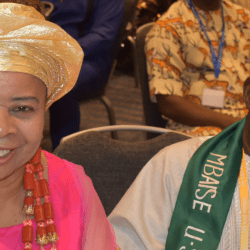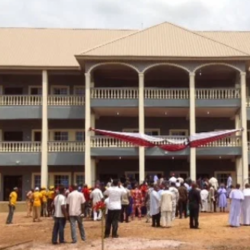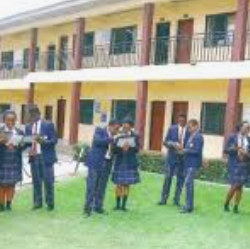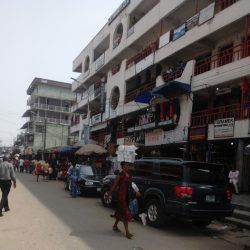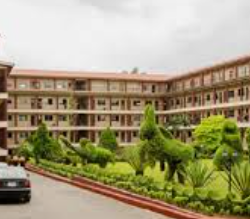Legends have it that the cradle of creation took place in Ezinihitte Mbaise at ‘Ihu Chineke Orie Ukwu’; a boundary between Oboama and Umunama with the birth of five clans: Agbaja (Nguru, Okwuato, Enyiogugu, Obiangwu, and Umuohiagu), Ahiara, Ekwerazu, Ezinihitte, and Oke Ovoro; thus, the name ‘Mbaise’ came into being as a federated unit of these five clans in June 1941 when Mr. Jamike Iwunna from Amaohuru Nguru gave the name after putting together the five clans.
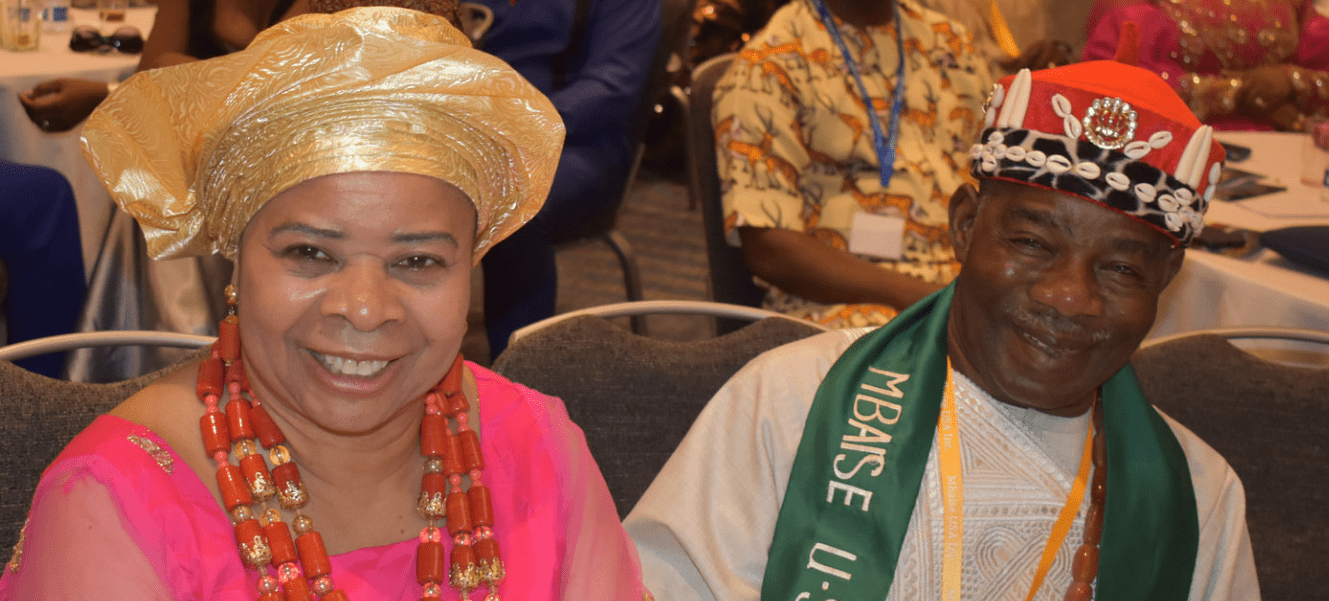
Later, Obiangwu and Umuohiagu which were constituent parts of Agbaja pulled out in 1957 and joined Ngor Okpala. Thus, administratively Mbaise is currently reduced to three local governments, namely Ahiazu (the result of a merger of Ahiara and Ekwerazu), Aboh-Mbaise (carving out a part of Ezinihitte West and added to Agbaja and Oke Ovoro), and Ezinihitte.
Another version of history also has it that the present people of Mbaise were part of Ngwa people, now in Abia State, who were said to be on a journey from “Agbaja” in Owerri. Getting to the bank of Imo River, some of them decided to rest and roast their yams to eat before continuing while some hurriedly crossed the river.
Having lost contact with part of the group, the present Mbaise people decided to settle just before the Imo River. This could explain why Ngwa people today were given the name “Ngwa Ngwa” meaning ‘hurry hurry’, later shortened to “Ngwa” and Mbaise people were given the name “Ohuhu” meaning roasting, which people still call us today. These two versions of the origin of Mbaise are both believed depending on the school of thought one belongs to.
FEDERATION OF FIVE CLAN COURTS AND EMERGENCE OF MBA-ISE
Years after the reorganization of Owerri division, the colonial administration encouraged the federation of small courts created in 1934.
Following this development, the colonial administrators and the Mbaise Paramount Chiefs who were members of the Owerri Divisional Union deliberated and considered federating the five court areas to form one political unit.
The Chiefs included Dennis Nwachukwu Abii, Japhet Jamike Iwunna, Pius Ogu Nwoga etc.
The name Mba-Ise meaning five court areas was suggested and adopted as the political unit.
In 1941 Mr. L.E. Chardwick, the District Officer approved the name with one administrative headquarter and treasury. Enyiogugu served as the administrative headquarter and treasury between 1941 and 1948. In 1948, the treasury was transferred to Aboh in Oboama na Umunama.
This arrangement created two sets of warrant Chiefs, those accountable to the District Officer (Nwa D.O), and those accountable to the District Commissioner (Nwa D.C).
This resulted in court sessions being held in two shifts. One shift attended court sessions for three months before another shift would takeover. This system was found to be cumbersome and called for change.
Judiciary Reform of 1952: The Local County Council In 1952
Another judiciary reform was made, called native appellant jurisdiction.
This initiation by the District Officer recommended the attendance at the court of at least one clan head from each of the five clan court areas to deliberate on ways and means of improving the native court jurisdiction.
The result was the replacement of the native court jurisdiction administration with Local County Council System.
Local County Councils were thus established at Ahiara, Ekwerazu, Enyiogugu, Okwuato, Nguru, Ezinihitte East, Ezinihitte West, Ezinihitte center and Oke. The Mbaise county councils were inaugurated in 1955, while N.D Uka of Umuokirika was elected by the councilors as the first council Chairman.
He was succeeded in 1958 by Dennis Nwachukwu Abii from Eziudo Ezinihitte who served for two tenures. His second term of office spanned beyond 1960 when colonial rule ended in Nigeria. He was succeeded by Donatus Onu from Umuokirika who served between 1964 to 1969.
Mbaise remained as one county council until the end or the Nigeria civil war in 1970 when Local Government Council Administration was adopted throughout Nigeria.
Post War Local Government Council Administration (1970-1976)
Following the post war military rule of 1970 to 1976, Mbaise was split into two local government areas of Aboh Mbaise and Ahiazu-Mbaise.
In 1976, Chief Donatus Onu became the first chairman of Ahaizu Local Government Area (LGA) from 1976 to 1979, while Barr. B.S.C Nzenwa was the first chairman of Aboh Mbaise LGA from 1976 to 1979. In 1989, Ezinihitte LGA was carved out of Aboh Mbaise LGA with headquarters at Itu, while Dr. Timothy Eze was appointed the first chairman and later replaced by Mr. Ugboaja.
These three Local Government Areas of Aboh, Ahaizu and Ezinihitte have remained the only Local Government Areas in Mbaise since 1989.
Local Government Development Areas of 2005
In August 2005, four Local Government Development Areas (LGDA) were created in Mbaise.
They included Enyiato, carved out from Aboh Mbaise LGA, with headquarters at Enyiogugu and Mr. Alan B. Onyemaechi as the coordinator and Oke-Uvuru LGDA also from Aboh Mbaise LGA with headquarter located at Orie Uvuru and Silas Nwamadi as coordinator. Ekwuerazu LGDA was created out of Ahiazu-Mbaise LGA with headquarter at Eziama Oparanadim and Goddy Okoronkwo as coordinator.
Ezinihitte East Local Government Development Area was created out of Ezinihitte LGA and has it’s headquarters at Umueleagwa Onicha with J.I.C. Osundu as coordinator.①
More on Mbaise
Mbaise is a sub-group of Igbo ethnic group located in Imo state, south eastern Nigeria.


Meaning
In Igbo language Mbaise literally means “five towns”.
5 towns (clans) of Mbaise
The 5 towns (clans) that make up Mbaise are:
- Agbaja
- Ahiara
- Ekwerazu
- Ezinihitte and
- Oke-Uvuru
Mbaise’s 3 Local Government Areas
The towns constitute 3 Local Government Areas (LGAs) in Imo state, namely:
- Aboh Mbaise
- Ahiazu Mbaise and
- Ezinihitte Mbaise
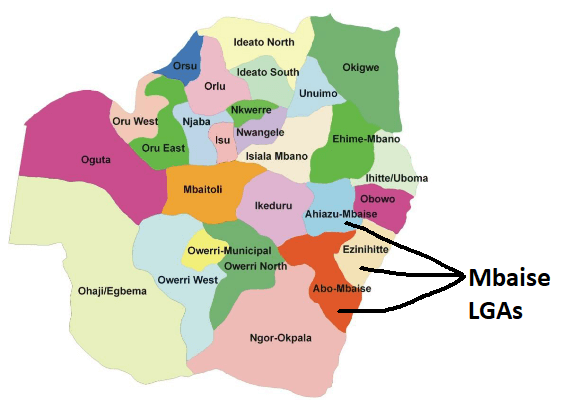
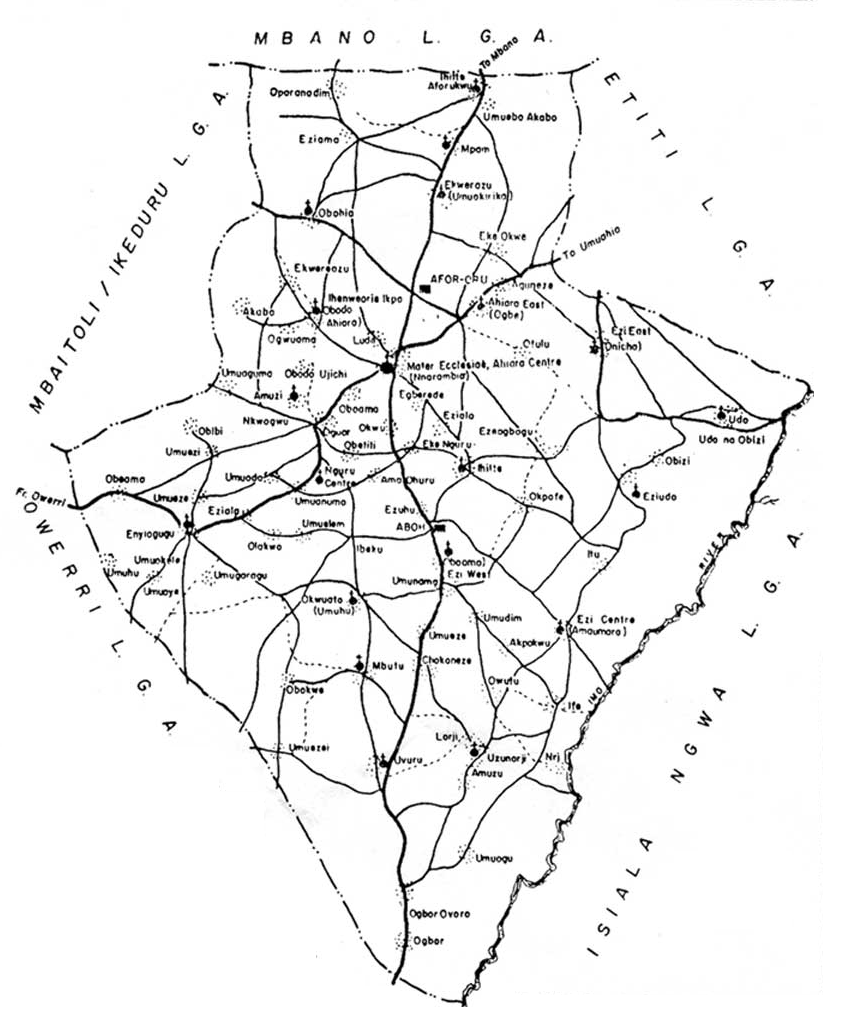
Festivals
The great “Abigbo” dance troupe, “Oji” Mbaise, which celebrates the significance of the kola nut, “Iri-ji” Mbaise, an annual celebration of the yam harvest – all are festivities for which Mbaise is well-known.
Culture, traditions and customs
Mbaise people have rich culture, traditions and customs. Some of the activities are:
- Isu asusu Igbo
- Igoo Orji
- Iru Mgbede
- Iwa Akwa
- Iboo uzo
- Ilu Nwanyi
- Ntozu Oke
- Igba ngba
- Ijike njike ka onye Mbaise
- Imuta otu esi agba egwu anyi dika
- Agbigbo na Ogbongelenge②
References
① https://mbaisetopseed.org/history-of-mbaise/
② https://mbaiseusa.org/about-mbaise-usa-inc.html


